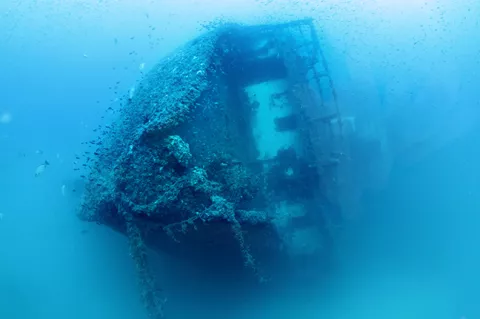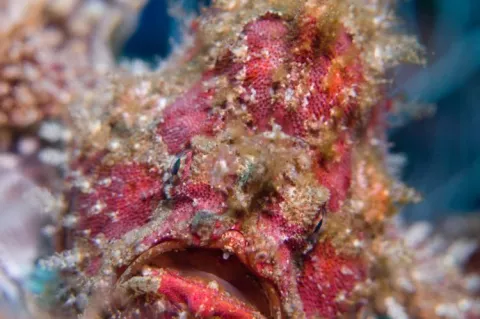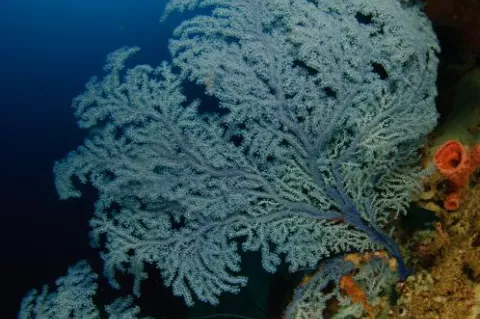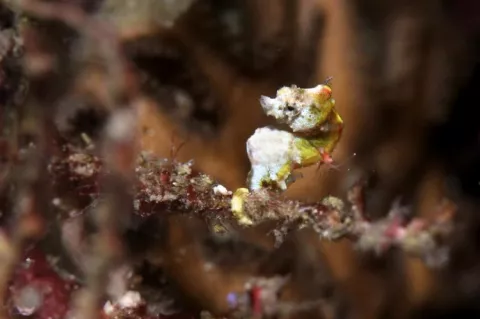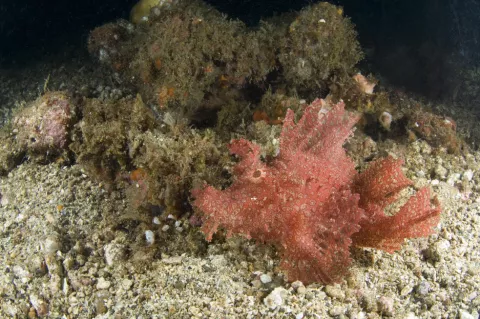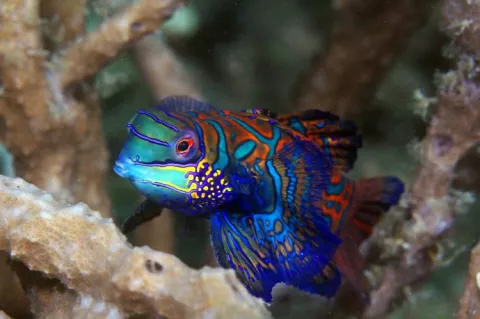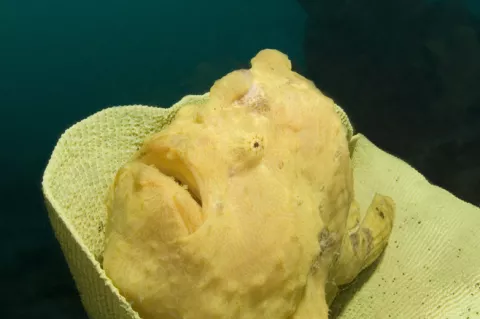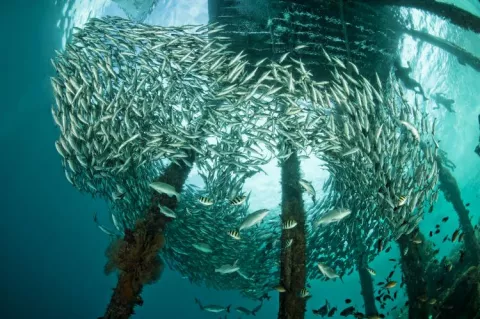Khao Lak
My dive buddy, Kate, is trying to get a shot of a purple sea fan but she’s having trouble with her strobes and my ADD is kicking in. This happens occasionally. I try to be a good buddy, I really do, but there’s just so damn much to see underwater and I get antsy if we stop too long for a photograph.

